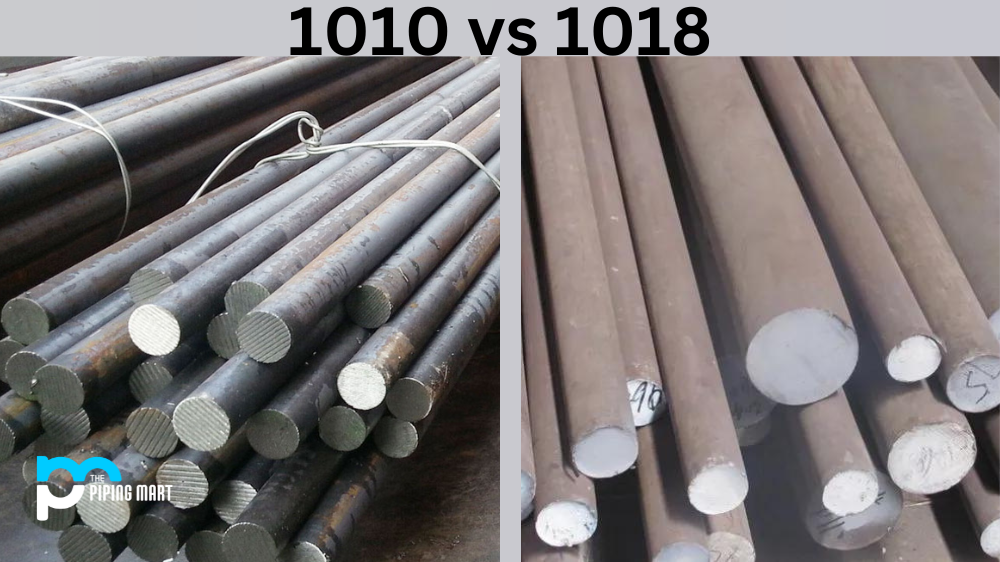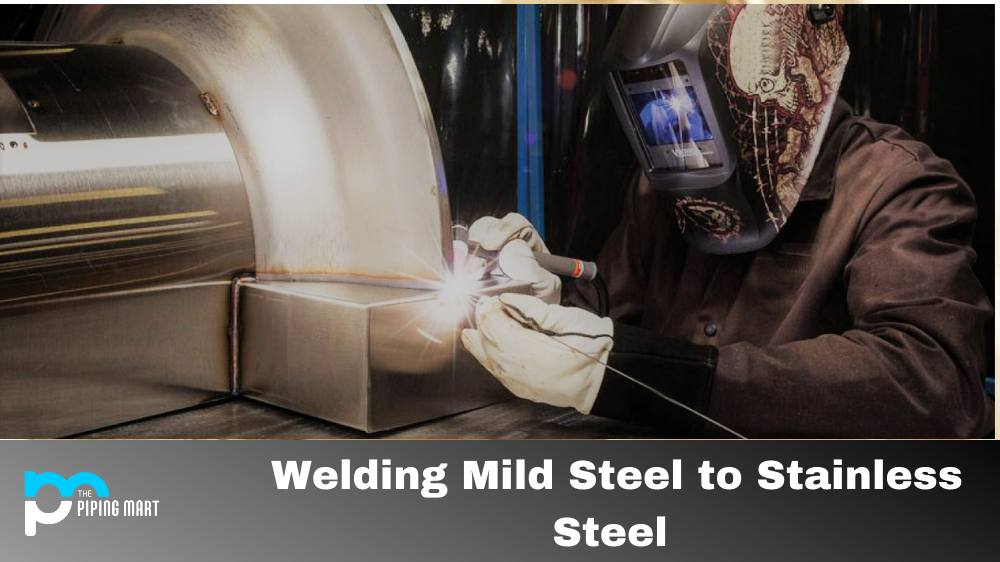Ballistic steel is a type of steel that is designed to absorb the impact of projectiles. It has been around for centuries, but with the invention of new materials, it has become increasingly important in modern warfare. In this blog post, we’ll take a look at ballistic steel properties, composition, and specifications.
Ballistic Steel Properties
The primary property of ballistic steel is its ability to absorb energy. This means it can absorb more energy per unit area than any other material. It also has higher fracture toughness and hardness than most other steel types, making it more resistant to impacts from projectiles or explosives. Other important properties include corrosion resistance, strength-to-weight ratio, and flexibility. Ballistic steel must be able to withstand the shock waves created by high-velocity impacts from bullets or missiles without fracturing or deforming too much.
Hardness
One of the most important properties of ballistic steel is its hardness. This is a measure of the steel’s ability to resist deformation under stress. The harder the steel, the better it will be able to resist bullet penetration.
Density
Another important property of ballistic steel is its density. This is a measure of the steel’s mass per unit volume. The higher the density, the more massive the steel will be for a given volume. This can be important for applications where weight is a critical factor, such as in body armor.
Tensile Strength
Tensile strength is another important property of ballistic steel. This is a measure of the steel’s ability to resist being pulled apart by forces acting on it. The higher the tensile strength, the stronger the steel will be.
Yield Strength
Yield strength is yet another important property of ballistic steel. This is a measure of the stress at which permanent deformation of the steel occurs. The higher the yield strength, the greater the amount of force that can be applied to the steel without causing permanent deformation.
Elongation
Elongation is the final important property of ballistic steel that we will discuss here. This is a measure of the steel’s ability to deform plastically before fracture occurs. The higher the elongation, the more ductile the steel will be
Ballistic Steel Chemical Composition
Ballistic steel is usually composed of iron and carbon as well as other elements such as manganese and chromium for added strength and durability. The proportions vary depending on the desired application but typically contain between 0.5% and 1% carbon, along with various amounts of other elements depending on the specific alloy used. This allows the material to achieve its optimal performance characteristics while still being cost-effective. Additionally, certain alloys may add additional elements to improve certain properties, such as corrosion resistance or temperature tolerance.
Conclusion:
hen it comes to ballistic steel, there are many important properties that need to be considered when selecting a material for an application involving extreme force or pressure, such as bulletproof vests or protective armor plates in vehicles or aircraft. Its ability to absorb energy from high-velocity impacts makes it ideal for these applications where superior protection is required without sacrificing lightness or flexibility. Understanding ballistic steel composition and specifications will help you decide which material is best suited for your particular needs. With the right kind of research, you can find the perfect balance between protection, cost, weight, and other factors.

Meet Bhavesh, a seasoned blogger with a wealth of knowledge and experience. From metal products manufacturing to retail, Bhavesh has a diverse background in various industries and is dedicated to sharing his insights and expertise with readers.




